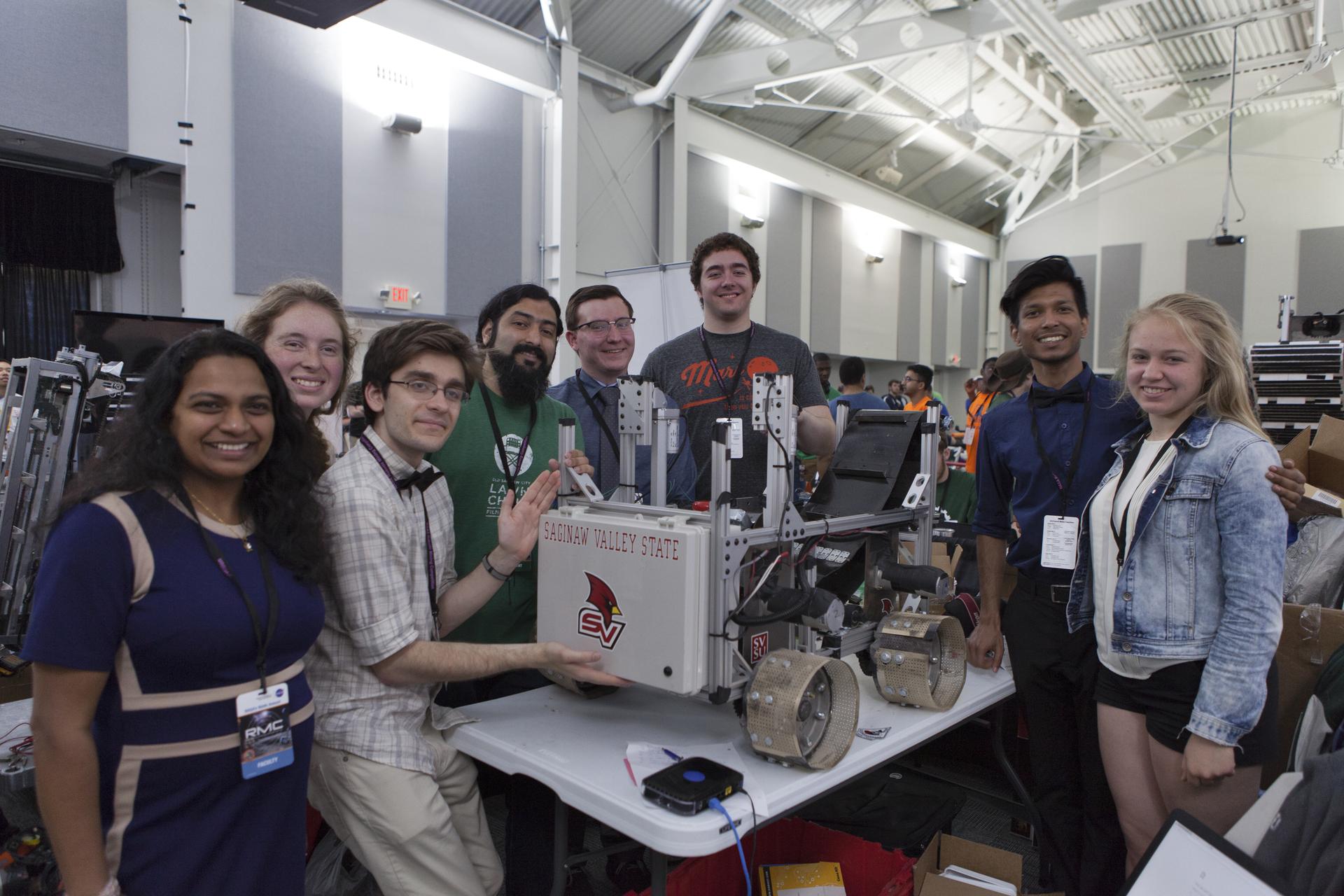
Editor’s note: This release was updated on Sept. 10 to reflect the extended registration deadline of Wednesday, Sept. 23, at noon EDT.
Registration is now open for teams of undergraduate and graduate students from throughout the nation to participate in NASA’s Robotic Mining Competition: Lunabotics 2021.
The competition is a part of the Artemis Student Challenges, designed to engage and retain students in STEM fields by expanding opportunities for student research and design in the areas of science, technology, engineering, and math. The project provides a competitive environment to foster innovative ideas and solutions that potentially could be used on future NASA missions to the Moon or even Mars.
RMC: Lunabotics 2021 aims to train university students in the methods of NASA systems engineering, while designing, building, and operating lunar excavator prototypes. In order to have a sustainable presence on the Moon, it will be necessary to excavate lunar soil, known as regolith, to extract local resources to use as building materials, water, or even rocket fuel.
In light of the current global coronavirus (COVID-19) pandemic, the competition has taken on a more virtual form. Teams must manage limited or suspended physical access to campuses, travel restrictions, or other impediments that may affect their ability to participate in the challenges as proposed.
This year’s competition features a new “Design It, Build It, Dig It Challenge” format in which teams can compete in the “Design It” phase of the competition only, or compete in all three portions, through to the actual build and dig portion event. Teams selected to compete in the live events will demonstrate their excavator robots next spring at the Kennedy Space Center Visitor Complex.
During the live competition, the teams’ robots will go head-to-head to determine which machine can collect and move the most regolith within a specified amount of time.
Registration will close Wednesday, Sept. 23, at noon EDT.
For more competition information, visit:
-end-
Heather L. Scott
Kennedy Space Center, Fla.
321-867-1007
heather.l.scott@nasa.gov

























